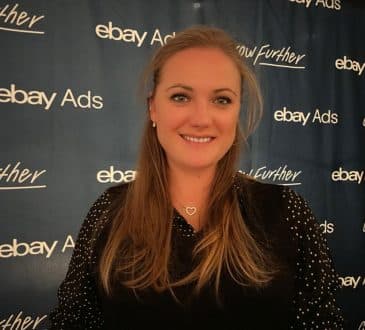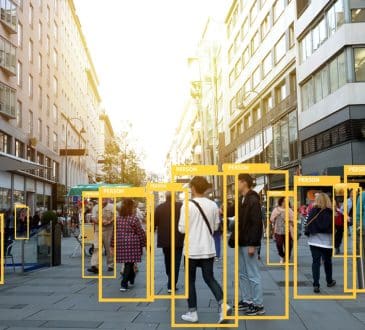Don’t bring me problems, bring me solutions

Sound familiar? This common phrase, passed down from generation to generation of executives and managers, was once believed to be the key to delegating and enrolling others in finding solutions to problems encountered in the workplace. But it doesn’t work. In fact, this monologic mindset – or one way conversation – actually hinders learning and understanding about the problem itself, and it creates narrowly defined, unsustainable solutions. It sets leaders and teams up to debate proposed solutions rather than fostering inquiry and innovation.
Organizations are no longer served by solutions that are generated by one or two people. The dilemmas we face today and the change needed to create sustainable solutions are simply too complex. They require multiple perspectives, a whole-systems view, and the ability to test small changes where the organization can learn and adapt to emergent needs.
We need leaders who cultivate opportunities to think together through more dialogue and less monologue.
It’s time for meaningful dialogue: One of the biggest challenges executives face is creating space for dialogue, and yet it’s only through the process of meaningful, two-way conversation—dialogue—that new thinking can emerge and change initiatives can take flight.
So, what does real, open, generative dialogue actually look like in an organizational setting? I have found the model of what I call a Thinking Together Conversation to be the most effective way to productively engage with a problem and invite creative thinking for a new solution. Thinking Together Conversations require genuine curiosity from all parties, as well as the belief that collective thinking will tap into collective intelligence and yield better solutions to a dilemma. It also requires a shared understanding of what’s happening and the willingness of all stakeholders to come to the table.
4 ways to foster more Thinking Together Conversations in your organization:
- Frame the problem or dilemma.
Be clear about the context and the background of the problem. What are the facts? What’s the impact this is having on the organization? On the people? On the metrics? What role might each person be playing in contributing to the current state? - Ban Powerpoint.
Powerpoints do not support conversation. They support a monologue—a one-way download; a lecture or presentation. There is very rarely any new thinking that comes from a Powerpoint presentation. In fact, when a Powerpoint is present, we have been trained to slip into “receive mode” and, in essence, disengage from our own perspective or opinion. Inevitably, people will roll their eyes and simply say, ‘Just tell me what you want me to do.” Try banning Powerpoint and invite a Thinking Together Conversation instead. - Suspend Having an Answer in order to be Curious and Candid
Suspend the desire or need to start with answers or solutions. That will create advocacy rather than inquiry. Instead, clear your mind and come to the conversation with genuine curiosity and open inquiry. Be ready to hear and engage with different perspectives from your own. Be prepared to be candid about your own observations and experiences while remaining curious about your teams’ perspectives. You’ll be able to pull off what David Kantor calls the act of “Bystand”—a morally neutral observation about what’s happening. This is where you share what you notice from a place of inquiry and better understanding. - Host “Listening and Learning” sessions.
At the very heart of dialogue is the act of listening. This does not mean reloading your talking point while hearing the words someone else is saying. It is focused, non-distracted, deep listening. In this state, you are able to suspend your own thinking and can be open to really hearing another point of view. You are listening to the words spoken and the words not spoken. You are listening for depth, values, context, what’s important, and the meaning behind the words.
As a leader, ask to participate in team conversations and request permission to just listen and learn—and not have to provide solutions. Listen and inquire from a place of curiosity
Invite Difference: If you hold some level of authority or seniority in the conversation and you are not hearing a point of view that is different from yours then you should be deeply curious about why that is. When different points of view—opposing views, are missing from the conversation do not assume that there are none. Instead make it safe for others to offer a different point of view by openly inviting them. You might say – “Who sees it differently?” “What are we missing?” “What kinds of risk does this open up for us?” If you’re still not hearing it, then invite people to contribute ideas anonymously – if you’re meeting online you can open up a collaboration tool and just ask everyone to share their thoughts and build on what they see others contributing.
Remember, a Thinking Together Conversation is not about solving the problem right off the bat. It’s about learning, understanding, and fostering an environment where a solution can be thoughtfully (and more effectively) co-created. Your goal is to help people stay in conversation with one another. This is accomplished by creating a space where people feel they are valued, trustworthy, and where they can share openly and candidly their perspective.
Problem solving – and the solutions to the problem, will take on a whole new meaning and purpose when people at all levels of the organization have the opportunity to think together and access the power of collective intelligence that exists within every organization. Leaders, this way of thinking and engaging with one another starts with you.
Commentary by Marsha Acker. Here’s what you’ve missed?
Best Countries For Cultural Influence.
Best Countries To Invest In Or Do Business.
Best Countries For Education System.
Bring the best of the CEOWORLD magazine's global journalism to audiences in the United States and around the world. - Add CEOWORLD magazine to your Google News feed.
Follow CEOWORLD magazine headlines on: Google News, LinkedIn, Twitter, and Facebook.
Copyright 2025 The CEOWORLD magazine. All rights reserved. This material (and any extract from it) must not be copied, redistributed or placed on any website, without CEOWORLD magazine' prior written consent. For media queries, please contact: info@ceoworld.biz











